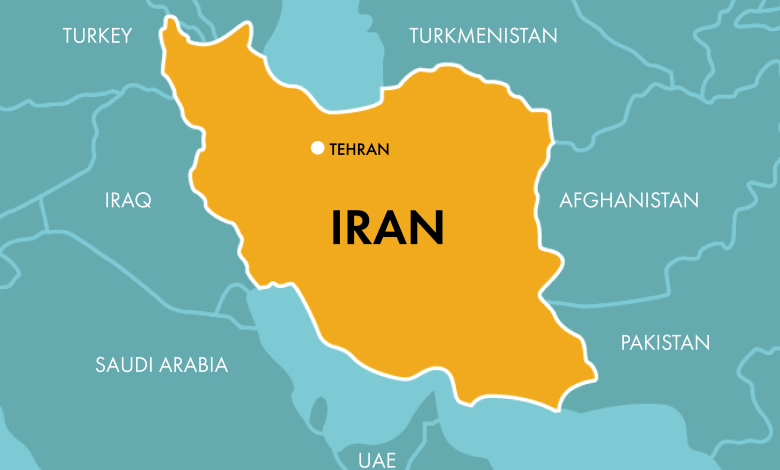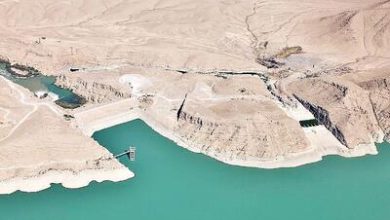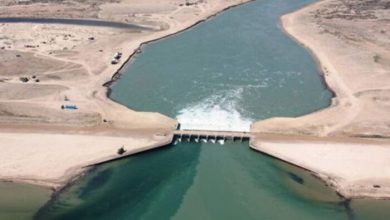Earthquake or Nuclear Test: What Really Happened?

Following the 5.3-magnitude earthquake that struck Zawareh in Isfahan province last night, social media once again became flooded with recurring rumors about an alleged “Iranian nuclear test.” However, scientific data clearly shows that this claim has no basis in reality.
Every time an earthquake occurs in Iran, a familiar rumor spreads online: “It wasn’t an earthquake, it was a nuclear test!” This time was no different. The quake in Zawareh, recorded at a depth of 10 kilometers, was felt even in Tehran, nearly 270 kilometers away.
Experts point out two main reasons why this speculation is completely unfounded:
- Earthquake Depth:
According to the Iranian Seismological Center and the United States Geological Survey (USGS), the Zawareh earthquake originated at a depth of 10 kilometers. By contrast, underground nuclear tests are conducted at much shallower depths, with the deepest ever recorded being only about 1.5 kilometers. A nuclear explosion at a depth of 10 kilometers is essentially impossible. - Seismic Pattern Differences:
Seismic waves from natural earthquakes and those from nuclear explosions have distinct characteristics. Explosions typically produce higher-frequency, sudden signals, whereas earthquakes generate a broader spectrum of waves with longer durations. Moreover, the propagation patterns differ: earthquakes result from fault ruptures, while explosions release energy almost instantaneously in all directions like a point source.
International monitoring networks such as the CTBTO (Comprehensive Nuclear-Test-Ban Treaty Organization) and global seismological centers closely track such events. These agencies have in the past successfully distinguished North Korea’s nuclear tests from natural earthquakes. If the tremor in Zawareh had truly been a nuclear test, it would have made global headlines immediately—not just circulated in a few Telegram channels.
In conclusion, the Zawareh tremor was a natural earthquake and had no connection whatsoever to nuclear testing. Experts emphasize that the best response to such rumors is to rely on credible scientific and official sources rather than social media speculation.




